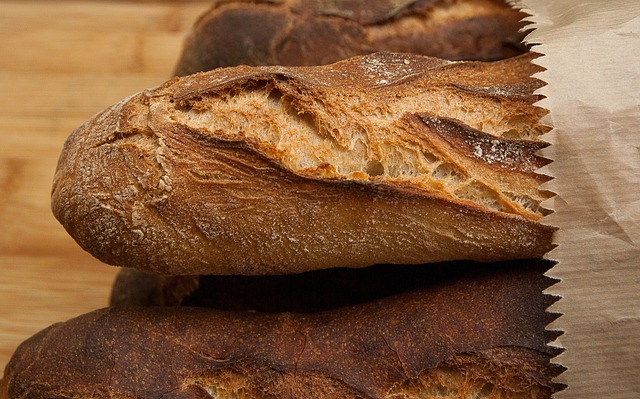French sandwich bread is famous worldwide for its range of flavors, textures, and culinary experiences. Two of the most iconic examples are the baguette and pain de mie. Both types are essential elements of French cuisine. These breads not only showcase the art of French baking but also embody traditions that have shaped French culture.
The Iconic French Sandwich Bread – The Baguette
The baguette is arguably the most recognizable symbol of French culinary heritage. With its long, golden crust and soft, airy interior, the baguette has become a staple of French life. It is enjoyed at every meal throughout the day, but it especially stands out when used for sandwiches like the classic jambon beurre. Its cultural importance has been acknowledged by UNESCO, reinforcing its status in French heritage.
Key Characteristics of a Baguette
- Crusty exterior: The baguette has a thin, crispy crust that provides a satisfying texture to complement sandwich fillings.
- Soft, airy crumb: Inside, the baguette is light, fluffy, and filled with air pockets, creating a soft contrast to its crunchy exterior.
- Versatility: The baguette is a key component in various meals, from breakfast to dinner, adding both texture and flavor.
- Cultural significance: The baguette represents the craftsmanship of French baking. Strict laws regulate its production, ensuring tradition is preserved.
History of the Baguette
The exact origin of the baguette remains unclear. Some historians believe that the baguette was influenced by long loaves baked in Vienna. Others suggest it was created out of necessity for Napoleon’s army, as soldiers needed bread that was easy to carry during long marches. Regardless of its origins, the baguette gained popularity in the 19th century and has since become a symbol of everyday French life. Many people still carry a fresh baguette home daily from local bakeries.
Traditional Ingredients
The baguette stands out for its simplicity. Though it uses only a few ingredients, skill and precision are required to create the perfect loaf.
- Flour: Usually finely milled to give the bread a delicate texture.
- Water: An essential component that binds the ingredients together.
- Yeast: This helps the dough rise and gives the baguette its airy interior.
- Salt: Enhances the overall flavor of the bread.
French regulations ensure that the baguette de tradition contains no additives, preserving the purity of this bread.
Techniques and Preparation
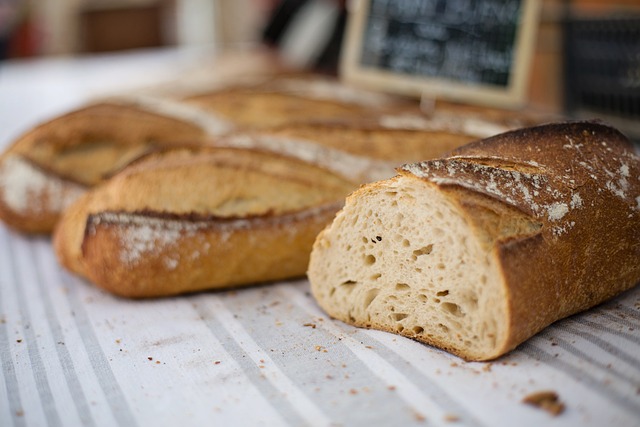
Several key techniques are essential for making a baguette:
- Fermentation: The dough undergoes multiple fermentation stages, which help to develop its complex flavors.
- Shaping: The dough is carefully shaped into long, thin loaves, giving the baguette its signature look.
- Scoring: Slashes are made on the dough before baking, creating the baguette’s iconic appearance.
- Steam baking: Baguettes are baked in steam ovens, which create the ideal crispy crust while keeping the interior soft and light.
Pain de Mie: The Other French Sandwich Bread
While the baguette is known for its crunchy crust, pain de mie offers a softer experience. Commonly used in sandwiches and for toast, pain de mie means “bread of the crumb.” This name highlights its soft, fine-textured interior. Pain de mie is often the choice for more delicate sandwiches.
Characteristics of Pain de Mie
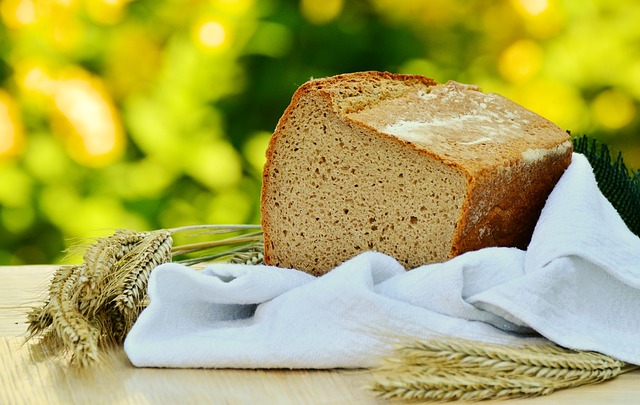
- Soft crust: Unlike the baguette, pain de mie has a soft, thin crust.
- Rich texture: The addition of milk or butter gives the bread a smooth and flavorful texture.
- Uniform slices: Pain de mie is baked in rectangular molds, which allow for even slicing—ideal for sandwiches.
- Popular use: This bread is often used in dishes like the croque monsieur and is perfect for toasting or making canapés.
Traditional Ingredients
Pain de mie uses ingredients similar to the baguette but includes some additions that give it a richer flavor:
- Flour: Provides structure.
- Water: Binds the ingredients.
- Yeast: Leavens the dough.
- Salt: Adds flavor.
- Milk or butter: These make the crumb soft and tender, enhancing the bread’s overall richness.
Comparison Between Baguette and Pain de Mie
Both baguette and pain de mie are staples in French cuisine. However, they serve different purposes in sandwiches. The baguette is ideal for rustic, crunchy sandwiches, while pain de mie is better suited for soft, refined sandwiches.
Key Differences Between Baguette and Pain de Mie
- Crust: Baguettes have a crispy exterior, while pain de mie features a soft crust.
- Texture: Baguettes are chewy and light, while pain de mie has a denser and smoother texture.
- Uses: Baguettes are perfect for hearty, rustic sandwiches. Pain de mie is ideal for dishes that require softer, uniform slices.
Popular French Sandwiches Using Baguette and Pain de Mie
French sandwiches are celebrated for their simplicity, which allows the quality of the ingredients to stand out. Whether you use a baguette or pain de mie, these sandwiches offer a taste of authentic French cuisine.
Jambon Beurre (Ham Butter Baguette)
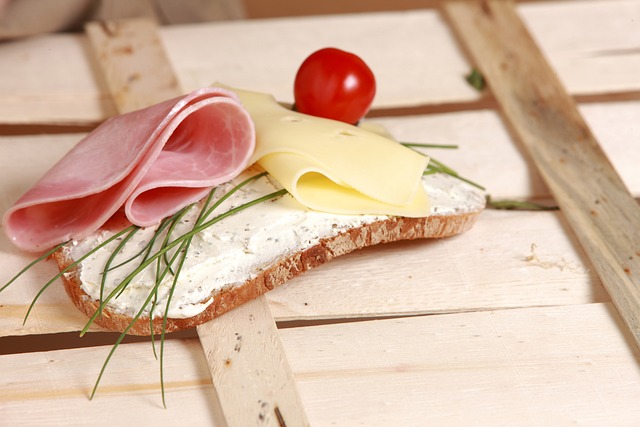
This classic sandwich features only three ingredients:
- A freshly baked baguette.
- High-quality ham.
- Rich, salted butter.
Its simplicity showcases the importance of using fresh, high-quality ingredients, as each element contributes significantly to the flavor.
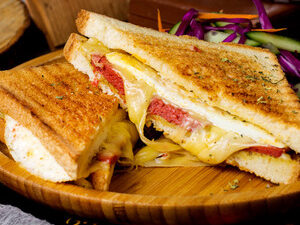
Croque Monsieur (Grilled Cheese Sandwich)
The croque monsieur is a French take on the grilled cheese sandwich. Made with pain de mie, ham, cheese, and creamy béchamel sauce, this sandwich is toasted to perfection, offering a rich and indulgent experience.
Regional Variations of French Sandwich Breads
Aside from the baguette and pain de mie, France is home to various regional breads that add unique flavors and textures to sandwiches.
Fougasse
Fougasse is a flatbread from Provence, often infused with olives, herbs, or bacon. Its chewy texture pairs well with savory fillings like tapenade or cured meats.
Pain Poilâne
This traditional sourdough bread, made from stone-ground wheat flour, has a dense crumb and a slightly tangy flavor. Pain Poilâne is perfect for sandwiches with hearty ingredients like cheese or roasted vegetables.
Brioche
Brioche is a soft, buttery bread used in both sweet and savory sandwiches. Its light texture is ideal for indulgent sandwiches like foie gras brioche or sweet options filled with chocolate or jam.
The Cultural Importance of Bread in France
Bread plays a significant role in French culture. It represents tradition, community, and craftsmanship. Whether it’s the iconic baguette or the rich brioche, bread is a crucial part of every meal, accompanying everything from cheese to soups and main dishes.
Bread in French Daily Life
In France, bread is an essential part of daily life. Picking up a fresh baguette from a local bakery is a common ritual. This symbolizes the close connection between bakers and their communities. Bread is often placed at the center of the table during meals and accompanies nearly every dish, whether savory or sweet.
Bread and French Gastronomy
Bread plays an essential role in French gastronomy. For example, pain de campagne pairs beautifully with pâté or rillettes, while a baguette is ideal for enjoying with cheese or charcuterie.
Tips and Notes for Making French Bread at Home
| Tip | Details |
|---|---|
| Use high-quality flour | French bakers often use Type 55 flour, which has a lower protein content and creates the perfect light and chewy crumb. |
| Pay attention to hydration levels | French bread doughs, like those for baguettes, need high hydration levels to achieve the desired crust and interior texture. |
| Practice proper kneading | Using the “stretch and fold” method helps develop gluten without overworking the dough. |
| Incorporate steam during baking | Steam helps create a crispy crust. Use a steam tray or spray water inside the oven during the first few minutes of baking. |
| Let the dough ferment slowly | Long, slow fermentation enhances the flavor. For traditional loaves like baguettes, cold fermentation overnight is often recommended. |
FAQs
- What makes the French baguette unique? The French baguette is unique because of its crispy crust, airy crumb, and the simplicity of its ingredients. French laws also regulate its production to maintain tradition.
- How is pain de mie different from a baguette? Pain de mie has a softer crust and a denser, more tender interior, making it ideal for refined sandwiches, unlike the crusty, chewy baguette.
- Can I make a baguette at home? Yes, with the right techniques, such as proper kneading, fermentation, and steam baking, you can successfully make baguettes at home.
- What are some other popular French breads for sandwiches? In addition to baguette and pain de mie, fougasse, pain Poilâne, and brioche are popular French breads used in sandwiches.
- Why is bread so important in French culture? Bread is an integral part of French meals and represents tradition, community, and craftsmanship. The daily ritual of buying fresh bread from a local bakery is a cherished tradition in France.

